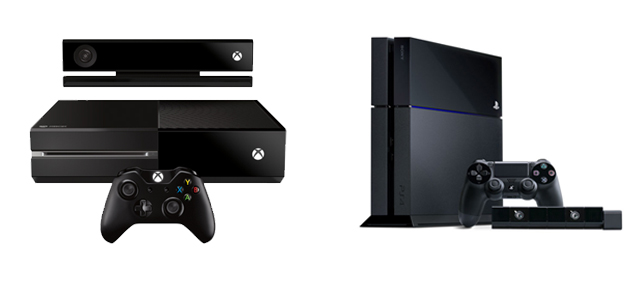Piper Jaffray Expects The iPhone 5S And 5C To Generate Earnings Growth In The March Quarter
ene Munster, senior research analyst at Piper Jaffray, has a $655 price target for Apple AAPL +1.45%. He put out a note with his expectations for the next iPhone announcement along with thoughts on additional new products from Apple over the next year since there have been numerous reports that Apple will announce new iPhones on Tuesday, September 10. (Note that my family and I own Apple shares).
Munster expects an iPhone 5S and cheaper iPhone (I’d say mid-priced since along the lines of the iPad Mini Apple will probably lean to a higher price vs. lower one) to be announced in September, an iPad update in October, a TV announcement late in the year and a larger screen iPhone and iWatch in mid-2014.
iPhone expectations
I would agree that it makes sense to announce a 5S and the rumored 5C phone together as for one reason you want to make sure they are positioned against each other as well as you can. That is easier to do at the same time vs. separate events.
Munster estimates that 70% of fiscal 2014 iPhone sales will come from upgrades of previous iPhones which provides some stability to revenue and earnings projections. He projects that the company should have flat EPS in the December quarter compared to a year ago at $13.82 vs. last years $13.81 and have a 15% increase in the March 2014 quarter to $11.57. The average sell-side EPS is $13.38 for the December quarter and $10.49 in the March 2014 quarter.
The key to Apple’s results will be its gross margin with the Street having it stabilize around 36% over the next two years. If Apple can price the 5C well enough to generate decent margins but not cannibalize too many 5S’ then earnings will not just stabilize but have a chance to move higher.
Munster is expecting that the lower priced iPhone will only have a 15% gross margin and cannibalize 25% of typical iPhones vs. a prior expectation of 50%. While Apple may go as low as 15% gross margins I believe that is a fairly conservative number (as does Munster) but I do think that the cannibalization rate could be higher than his projected 25% (I would expect more in the range of 30% to 40%). The keys will be in which countries and what carriers offer it, how limited in functionality it is such as 3G but no 4G connectivity and other lower tech specs such as smaller screen, slower processor, camera and memory.
I’m not convinced a plastic case will be as big a turnoff as some seem to think. Apple doesn’t do cheap (meaning the 5C will still feel solid) and other smartphone vendors seem to be doing quite well with plastic phones.
To determine how many users will upgrade to the next phone Munster assumes after a two year contract that 80% to 90% stay with the iPhone family (feels like a reasonable assumption to me) and that they upgrade over the next year (I would assume a lower rate than the 100% conversion he uses). Based on 125 million iPhones sold in fiscal 2012 and using the mid-point retention rate he projects that there will be 106 million iPhones bought by existing users. With an overall iPhone estimate of 152 million Munster expects that 70% of the fiscal 2014’s iPhone sales are “in the bag”.
iPad and other new products
It probably works better to have a separate event to announce new iPads. It generates more buzz and the company can focus its resources on the iPhone and iPad to maximum effect by holding them on different dates. It also makes it easier on their manufacturing partners so that they are not having to ramp production of multiple products at the same time.
The wild cards are new product categories that Apple’s CEO Tim Cook has alluded to as I don’t think his pronouncements about new products are limited to iPhones and iPads. I expect a larger screen iPhone next year (and you have to assume that Apple is feverously working on it due to share loss). Since it is easier to change the internal workings of a phone vs. altering the total size of one the company is on a yearly cadence for upgrades but is slower than one would like when it comes to a new form factor.
Munster has speculated on a TV for few years and hedges he bet (70% odds) of a first half launch in 2014. With a price tag of $1,500 to $2,000 I would estimate that Apple’s share of the market will be fewer than the 10 million unit potential (or 9% market share) Munster foresees (but does not include in his financial projections).
A wearable device is the other product line that gets a lot of press. However, I’m not convinced a $150 device (typical pricing for these items currently) will have a huge uptake unless it either delivers some very interesting functionality beyond how many calories or Fuel Units I expend or becomes an visible accessory that people want to show off (similar to the white ear buds the iPod had).
No comments
Posted at 9:35 AM | by
Unknown









